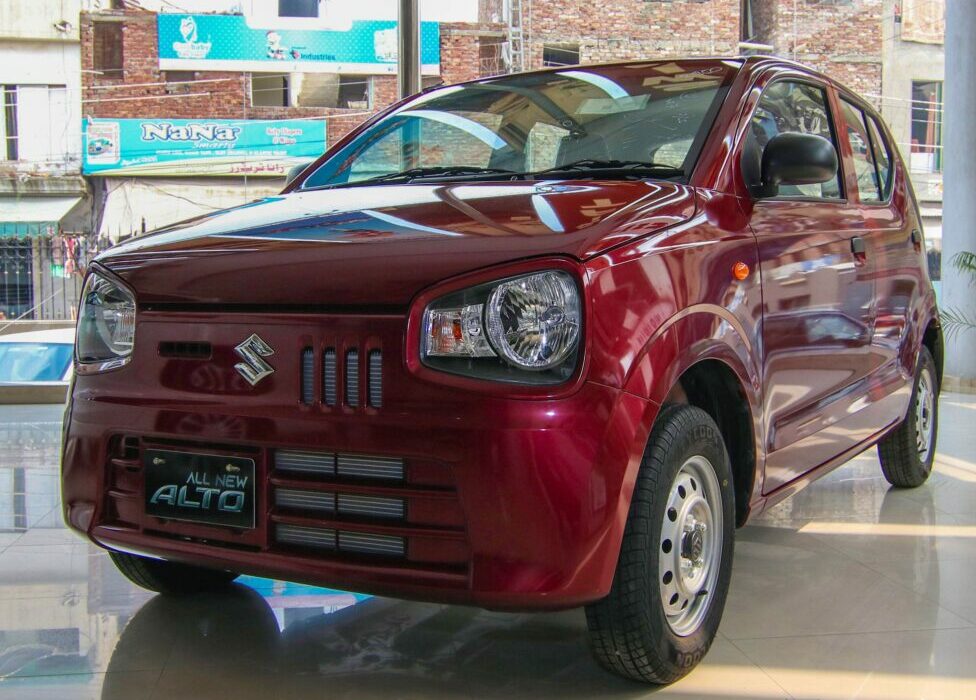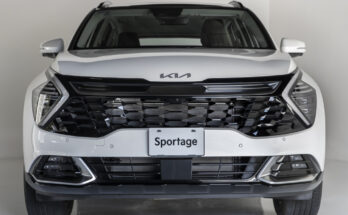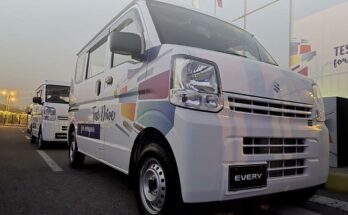A hybrid vehicle (or simply hybrid) that combines at least one electric motor with a petrol engine to power the vehicle, with a system to recapture energy through regenerative braking, has been a popular option around the world for people who intend to save on fuel consumption.
First introduced in the late 90s, hybrid cars (though relatively more expensive than conventional gasoline engine cars) are preferred by consumers as well as governments to cut on the fuel import bill & improvement the environmental effects due to reduced emissions.
Related: Euro 2 in Pakistan, A Decade!
In Pakistan, our auto industry is years behind the rest of the world with obsolete cars mandated to an obsolete (Euro-2) emission standard & running on obsolete fuel that’s somehow made eligible to be labeled as Euro 5. Yet, auto consumers in Pakistan have been using hybrids for more than a decade already, thanks to secondhand JDMs.
Around the world, the hybrids are there to fulfill two Es: Emissions (environment) & Economy (fuel consumption), however, in Pakistan they are there to target one E: Elites. Like other markets, the government should have long since pushed to make fuel-saving hybrids and environmentally friendly fuel and engines mandatory given its struggles with depleting foreign reserves and major environmental issues.
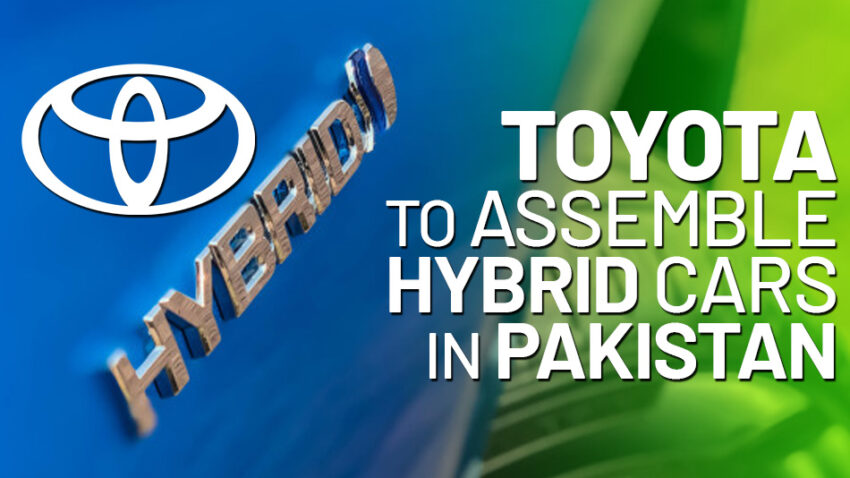
The government in recent years finally started to give concessions to assemblers to produce hybrid vehicles locally. Indus Motor Company (IMC) pledged to begin assembling hybrid vehicles starting this year, Sazgar has already begun selling the Haval H6 hybrid, whereas more assemblers also have hybrid plans in their pipeline. Yet, the hybrids that have been introduced or are about to be launched paint a very different image of what was actually required.
Related: Sazgar Launches Haval H6 HEV (Hybrid) in Pakistan
Although being a new entrant with Greenfield status, Sazgar already enjoys concessions in duties & taxes for 5 years. However, in the case of hybrids, the company enjoys massive concessions in the shape of 8.5% general sales tax (GST) as compared to 25% on locally assembled gasoline-powered vehicles and 4% CKD duty on hybrid-specific components such as batteries and motors, etc.
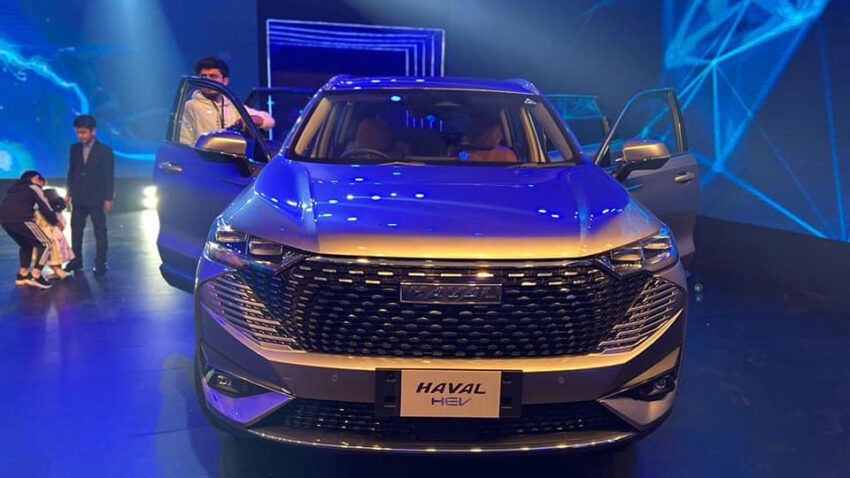
Despite these significant government discounts, the locally assembled Haval H6 hybrid SUV costs Rs 11.3 million as opposed to Rs 8.7 million for the petrol variant, which represents a 30% or Rs 2.6 million price premium. Hybrids typically carry an 8–10% price premium globally, which is simply not the case in Pakistan despite substantial govt discounts.
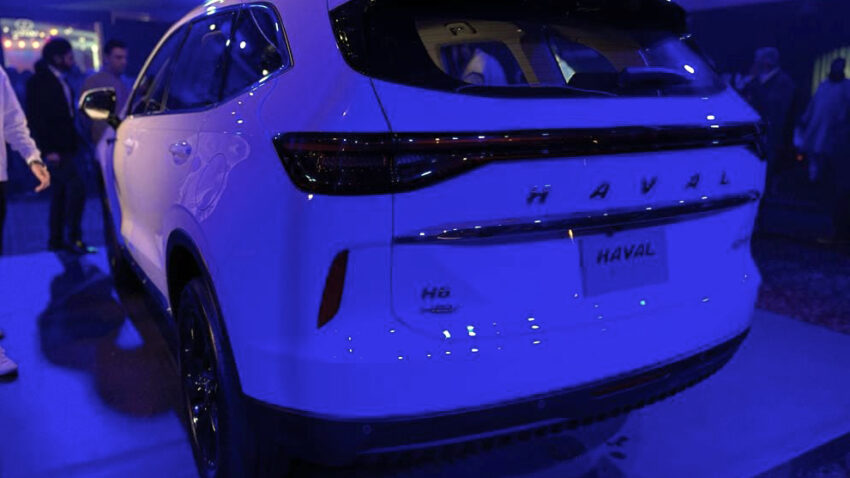
Taking the current petrol price of Rs 276 per liter along with average fuel efficiency of 18 km per liter for hybrid as compared to 12 km per liter for the gasoline version, one may save around Rs 200,000 worth of fuel per year only after spending Rs 2.6 million on top of Rs 8.7 million, which makes it very unfeasible. As such, according to analysis, it will actually take over 10 years for the payback of the additional Rs 2.6m that one has to pay to get the hybrid version of Haval H6 instead of the regular gasoline version.
Related: Will IMC Launch Local Assembled Toyota Corolla Cross in 2023?
If all goes well, IMC will introduce a locally assembled Toyota Corolla Cross hybrid in Pakistan this year, as per the company’s previously shared information. “Toyota has already invested $100 million to produce HEVs in Pakistan,” said the company boss Ali Asghar Jamali who went on to add that “the introduction of hybrid technology would not only add a new dimension to localization in Pakistan but would also benefit the country in terms of forex savings and reduction of the fuel import bill.”
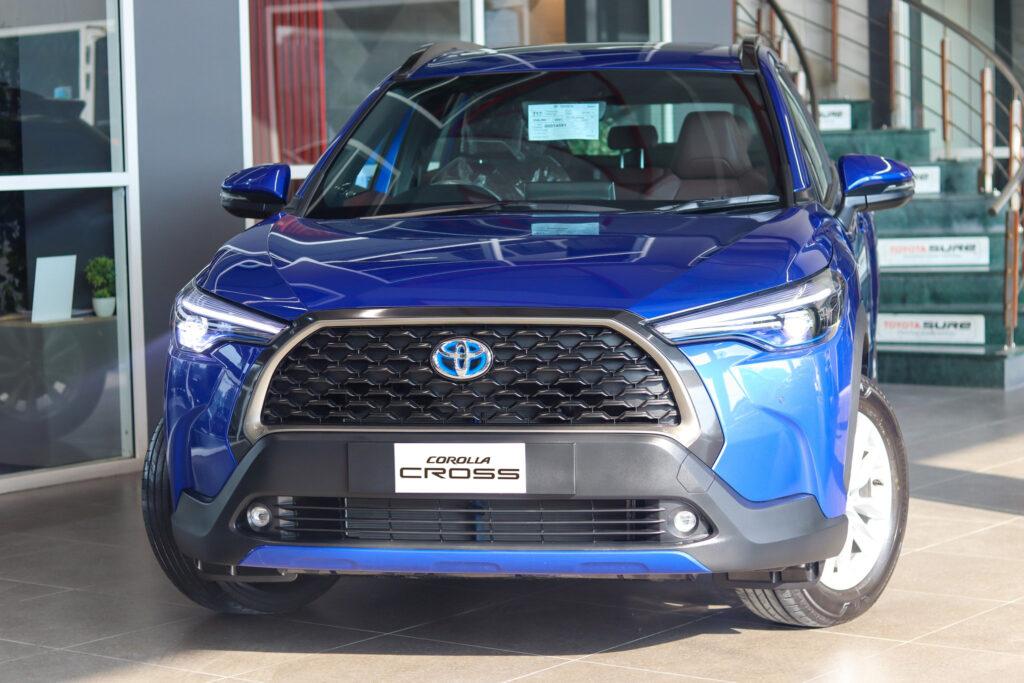
This is intriguing since, if hybrid cars are truly going to reduce import costs, why not start with options that are more suited and inexpensive for the masses, such as the Aqua hybrid or the new Yaris Cross hybrid, rather than a more expensive Corolla Cross that is aimed at the elites? Not to mention the CBU Corolla Cross already costs a whopping Rs 13.4 million before its order intake was suspended. The locally assembled one, if made available is likely to fall in the same domain considering the prices of the Haval H6 hybrid which too, is assembled locally.
Related: Some Car Assemblers May Exit Pakistan- Says IMC
Secondly, even in the Japanese domestic market, Toyota hybrids are considered the most economical with 7 out of the top 10 most fuel-efficient hybrid cars in Japan. Interestingly in terms of fuel efficiency, the Corolla Cross is not even there on the list. This makes us wonder why IMC hasn’t decided to begin its hybrid operations in Pakistan with more fuel-efficient options if saving the fuel import bill is the core motive.
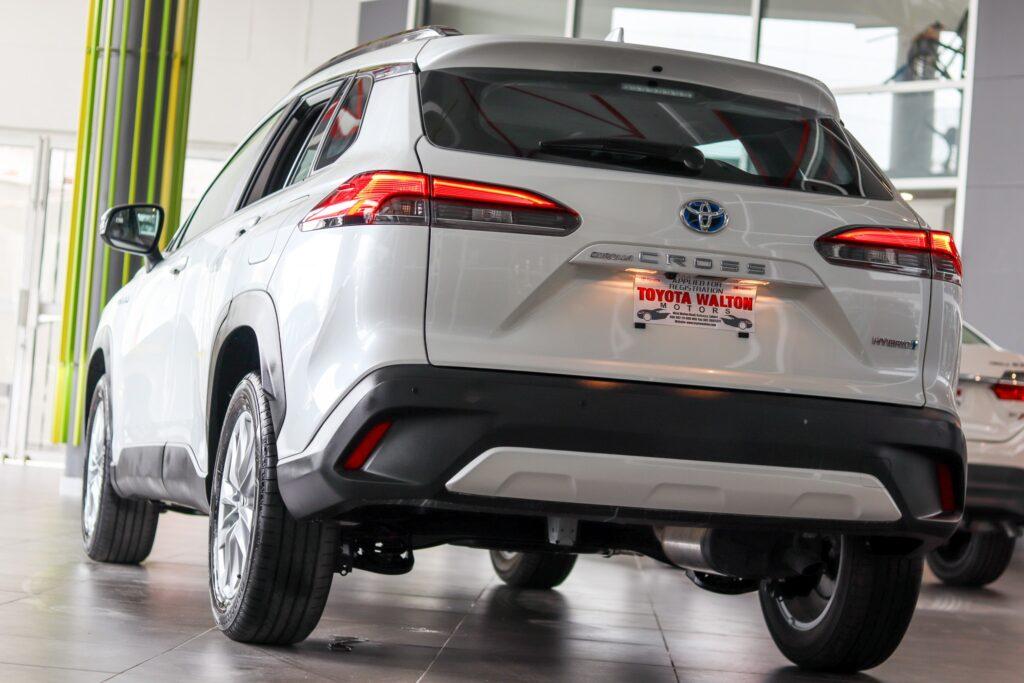
An expensive Corolla Cross having just a hybrid badge and not required fuel efficiency on the menu, with a handful of sales won’t do much to contribute either towards improving the environment or bringing down the fuel import costs. However, due to present economic conditions, IMC’s hybrid car launch plan is likely to face a delay.
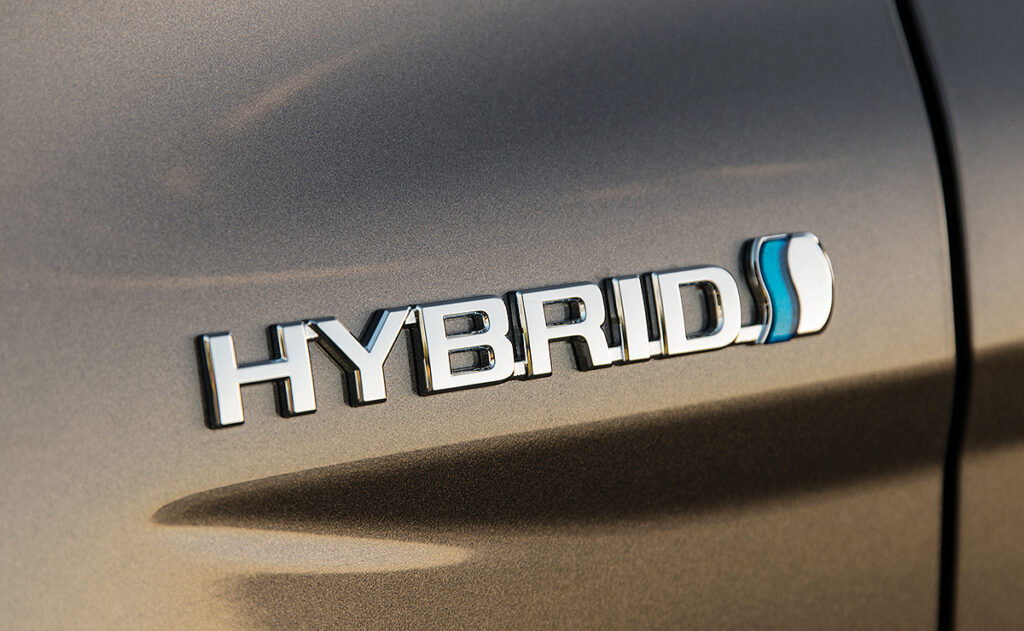
But the key concern is, why does the government continue to subsidize hybrids and electric vehicles, which might not help the economy in any way when it is already struggling with its foreign exchange reserves and trying to reduce vehicle demand by increasing all kinds of restrictions through State Bank prudential regulations and a significant increase in GST? Since that only 1% of Pakistan’s wealthy can afford hybrid and electric cars, it is quite unfair to offer large exemptions and incentives to help out a specific sector of the population.
Related: Govt Continues to Import Luxury Vehicles Despite Economic Crisis
According to Dawn, despite the dollar shortage, up to 30 luxury electric vehicles continued to be imported every month during the current fiscal year, especially after the expiry of Regulatory Duty in November 2022. As a result, we’ll leave you to answer the following question: For which “E” do you think hybrid automobiles in Pakistan truly intended to benefit? Is it the environment, the economy, or the elites?

A computer animation professional with over 23 years of industry experience having served in leading organizations, TV channels & production facilities in Pakistan. An avid car enthusiast and petrolhead with an affection to deliver quality content to help shape opinions. Formerly written for PakWheels as well as major publications including Dawn. Founder of CarSpiritPK.com

